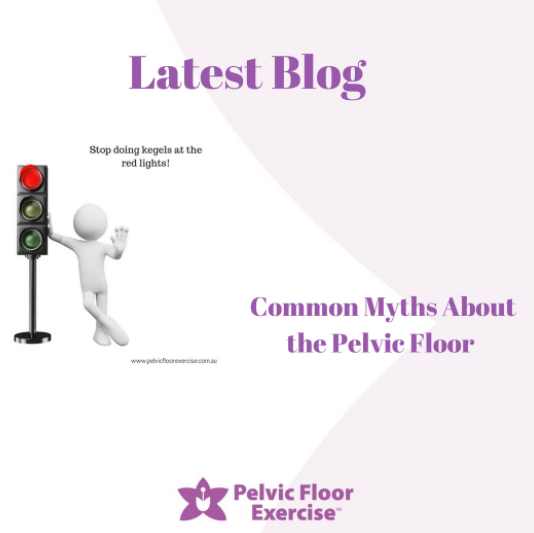I chanced upon a delightful book called “Restoration Exercises for Women” by Ettie A. Hornibrook (even the name delights!) published in London in 1931 by William Heinemann.
Monthly Archives: July 2013
-
11 JulRead more »
Last time we talked about the importance of the pelvic floor muscles and their role in supporting the pelvic organs and helping to prevent or reduce pelvic organ prolapse.
This can’t happen without a little help from the pelvic floor’s friends – the other core muscles. “The core” is often quite misunderstood. Physiotherapists often see people who are very sure they are doing the correct action.
I can do 100 crunches!! how can I be doing it wrong?’
-
11 Jul
-
11 JulRead more »
Goodness me there have been a lot of media reports of late with stories linking “celebrities” and incontinence….. hopefully in some bizarre way , this may raise the profile of CONTINENCE ISSUES …after all , we all love to do what the celebrities do !!
Here are a few snippets from recent months in the news:
- In a very honest acknowledgement actress Debbie Reynolds apparently spoke out about her symptoms of OAB – an overactive bladder which can lead to sudden unexpected small losses of urine.
-
11 JulRead more »
There is a lot of research evidence describing the co-contraction of your CORE MUSCLES pelvic floor (PF) and transversus abdominus (TrA) in unison with your diaphragm (D) and Multifidii (MF). If you think of an apple – the CORE is in the middle,the deepest part – your CORE muscles are your deepest layer of muscles and are designed to gently work in the background.
Your brain is effectively pre-programmed for this to happen automatically, without you having to think about it. A split second before your ‘moving’ muscles twitch and contract,your brain sends a message to the CORE to tighten – like doing up the stays on a corset, thus stabilising and supporting your spine, pelvis and pelvic organs whilst your ‘moving’ muscles do their job of moving you. When everything is working in harmony, the system works well. -
11 JulRead more »
It never ceases to amaze me when my male patients look a bit surprised when they hear they have a pelvic floor too …most men seem to think that the pelvic floor and pelvic exercises come under the “secret women’s business” banner .
We are excited to now have this excellent DVD for men available.
Created by renowned Australian physiotherapist Pauline Chiarelli for the Prostate Cancer Foundation Australia (PCFA) 50c from every sale will be donated to the PCFA to help them continue the wonderful work they do here in Australia.
I use this resource myself in my clinic as an adjunct to teaching men how to find and activate their pelvic floor and it is always well received.
-
9 JulRead more »
When first faced with a diagnosis of breast cancer the uppermost thought is treatment, not consequences.
Initial treatment and ongoing management are the most important considerations but what happens once you are through these stages?
Your hair is growing back, you are regaining confidence and vitality, you have adapted to whichever choice you have made for replacing your breast…..and you are now feeling more like resuming your intimate relationships but here can be where some of the consequences of treatment for breast cancer are experienced.
-
9 JulRead more »
The weak bladder fallacy is interesting and one I suspect finds its roots in our vernacular language – just as the term “slipped disc” is common lay terminology although anatomically incorrect. The “weak bladder” has similar familiarity: we know what Sally means when she says “Oh I have such a weak bladder” but it is anatomically and physiologically incorrect....
-
9 Jul











